7 Insights to Guide Your Marketing Strategy from Experience Inbound 2023
Written by
The future of inbound marketing is exciting, actionable, and evolving. So say the experts who presented to hundreds of Wisconsin marketing and sales professionals at Experience Inbound 2023 (EI) in Green Bay and Milwaukee.
EI keynote speakers Paul Roetzer (Marketing AI Institute), Lindsay Tjepkema (Casted), and Mike Acker (ADVANCE Coaching and Consulting) set the stage for a day of thought-provoking insights about the opportunities and challenges facing every aspect of business — and the marketing solutions to embrace now to confidently navigate what’s next.
The Reality of Artificial Intelligence
A recurring EI theme was that of artificial intelligence’s impact on marketing — and marketing careers. Is AI an ending or a beginning?
AI thought leader Paul Roetzer sees AI tools and technologies as assistive, not autonomous. They help marketers in terms of generative content, but they can’t replace the logic and relatability of human beings.
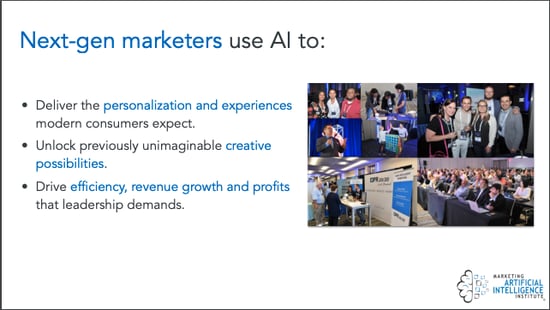
The human element is necessary and meaningful to cultivating professional relationships — and that can’t be replicated by AI. However, AI is beneficial for process improvement. There are four questions to ask when evaluating if tasks are best suited for AI:
- Is the task data-driven?
- Is it repetitive?
- Is it predictive?
- Is it generative?
“Yes” to any, some, or all of the questions indicates a good fit for AI assistance. In the larger sense, Roetzer also suggests framing AI impact. Understanding what could be lost and gained through AI has ripple effects for your business as well as responsibilities. Marketers who find the balance will be best positioned to pilot and scale AI for overall business success.
Better Processes, Better Performance
The ubiquity of key performance indicators (KPIs) reinforces the importance of marketing results. This tangible measurement of what your marketing strategies are doing — and why — opens doors to new goals and accelerated growth.
That doesn’t mean your marketing plan needs to be routinely reinvented to meet business goals. Rather, you can use KPI metrics to amplify the performance of things your team already does (or should be doing).
Creating Strategic Content
Often, SEO is relegated to “keywords” in a content strategy. While keywords play a role in how and why content is found online, it’s only part of the puzzle.
In her breakout session, Weidert Group Consultant & SEO Manager Chelsea Drusch unpacked how to structure a combined SEO and content strategy that supports inbound efforts, reaches relevant personas, and aligns with business goals — ultimately leading to measurable results and higher ROI.
It’s a matter of evaluating the SEO landscape to uncover where search opportunities exist and the related KPIs, then building a content strategy that isn’t only keyword-centric. A comprehensive content strategy should focus on the right mix of brand awareness, lead generation, thought leadership, and authority building to inform your editorial calendar decision-making.
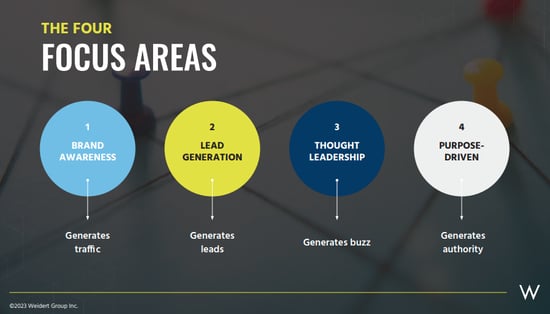
The holistic SEO and content strategy is measurable, adaptable, and impactful. You reach your defined audiences wherever they are on the buyer’s journey and help them in meaningful ways while also achieving your business goals.
Maximizing Creativity
Online content is increasingly sophisticated, and consumer expectations are following suit. Audiences want what they want — in their desired format: video, audio, downloads, etc.
There’s pressure for businesses to compete, but there are also the realities of resources, capabilities, and KPIs. Solutions ultimately all stem from the same source — creativity — but it's no longer enough to focus creative efforts on one discipline.
Like return on investment, there is a return on creativity. One core asset can be repurposed into several different formats to reach the widest audience without increasing spend.
Keynote Lindsay Tjepkema unpacked the concept of “wringing out” the value of your content, using a podcast as an example:
The podcast has value on its own — but once an episode is developed, there are opportunities to chunk it into use cases, video, embedded clips, blogs, and advanced content. More granularly, that same podcast content could fuel emails and social media posts.
Several authentic, engaging marketing tools from one maximized creative source — that’s a win for every type and size of business.
Assessing Best Practices
Any marketing asset or strategy is rampant with best practices. But, are best practices universally best for all businesses? It’s a question many marketers don’t ask themselves until KPIs dip and audiences dwindle. The fact is, not all best practices are meant to be your best practices. There’s little value in using a solution that doesn’t solve your problem. Further, adhering to accepted best practices could be stifling innovation and undermining your unique value proposition.
Take, for example, a holdings group that has four very distinct restaurants. Instead of looking at their email blasts from a standard perspective — competing on menu sends and discounts — they created Spotify playlists unique to each restaurant theme, and emailed them to segmented groups of subscribers.
The results weren't a flash in the pan. Restaurant-goers eagerly await the next email send. Unique? On-brand? Buzzworthy? Check, check, and check. The approach is unconventional in the traditional sense of email best practices, but for that holdings group? A perfect fit (and a major win).
Data-Driven Leadership
Data strengthens leadership by fueling accurate, predictive decision-making:
Revenue Operations (RevOps)
Revenue is often seen exclusively as an output of selling a product or service. However, it’s also a reflection of how well — or poorly — a company leverages processes, platforms, and people to realize business growth.
RevOps focuses on maximizing opportunities by gaining a deeper understanding of customers and strengthening those relationships. In turn, the long-term perspective on growth optimizes customer lifetime value.
Additionally, RevOps helps eliminate internal redundancies and waste by optimizing and aligning processes, technologies, and data shared by Marketing, Sales, and Customer Service. As a result, value is increased and costs are reduced.
This isn’t subjective. RevOps uses KPIs to keep teams and go-to-market strategies lean and effective with measurable touchpoints:
- Cost savings on tech solutions and tools
- Shorter sales cycles
- Lower customer acquisition costs
- Higher win rate
- Increased per-customer revenue
- Improved customer retention
- Higher net promoter scores
LEARN MORE ABOUT REVOPS IN OUR GUIDE FOR COMPLEX B2Bs
Advanced Analytics & Company Performance
How much data is too much data? Companies typically have a wealth of market research and advanced analytics gathered, but what business leaders need is the data that supports management of business goals and results. Why? As Peter Caputa of Databox explained, investors’ confidence grows with each month or quarter of results that were logically predicted.
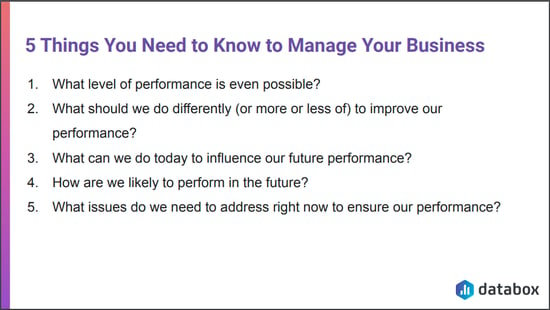
But, your business doesn’t exist in a silo. Business analytics software providers like Databox offer dashboards for businesses to track their performance to goals, as well as benchmark groups to compare their marketing and business analytics against similarly situated companies. Data that's benchmarked through the comparison is considered most impactful regarding decision-making and gaining support for important initiatives.
CRMs & Change Management
Finding and implementing a Customer Relationship Management (CRM) platform and smart CRM tools requires change. And change can be scary if not managed properly.
In the context of CRM launches, change should be viewed as a process that needs to be managed like any other internal business process. This means completing communication plans and budgets, gathering input from the affected team members, and defining success measures — best practices balanced by the human side of change.
If you missed James Wanke, Principal Services Consultant at HubSpot, presenting this interesting and actionable information at EI, you’ll want to attend the next Appleton HubSpot Users Group (HUG) event. James will reprise his presentation and be available for Q&A on how to track, translate, and deliver next steps supported by CRM adoption metrics.
Think, Feel, Relate: The Human Side of Marketing
Tools and technologies are change agents for inbound marketing. Yet, there is — and always will be — room for humans. Even the best computer programs can’t exercise accurate, independent thought beyond the confines of machine learning. They can’t generate empathy, relatability, or the authenticity that people respond to innately.
There is simply no substitute for the humanness of professional relationships. This fact was reiterated throughout the EI presentations. It was also demonstrated in the conference rooms and lobbies of Lambeau Field and American Family Field as EI attendees connected and shared with each other. It’s what makes every annual EI event as rewarding as it is insightful.
Marketing is evolving quickly, which is exciting and can be challenging. Request a consultation to learn how Weidert Group can help your business use new learnings, tools, and processes to earn next-level results!
Subscribe To Our Blog
Information. Insights. Ideas. Get notified every time a new Weidert Group blog article is published – subscribe now!
You May Also Like...
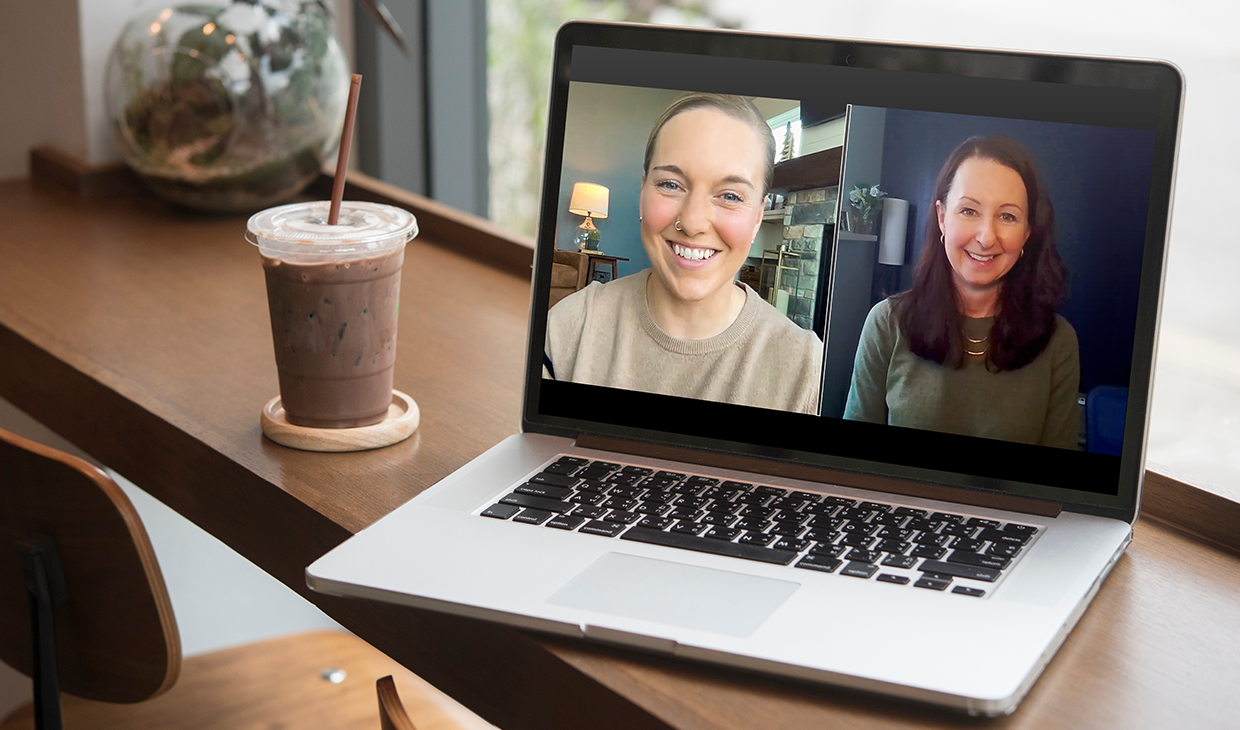
Search Engine Optimization
How Falcon Rebuilt Industrial AI Search Visibility in 2025
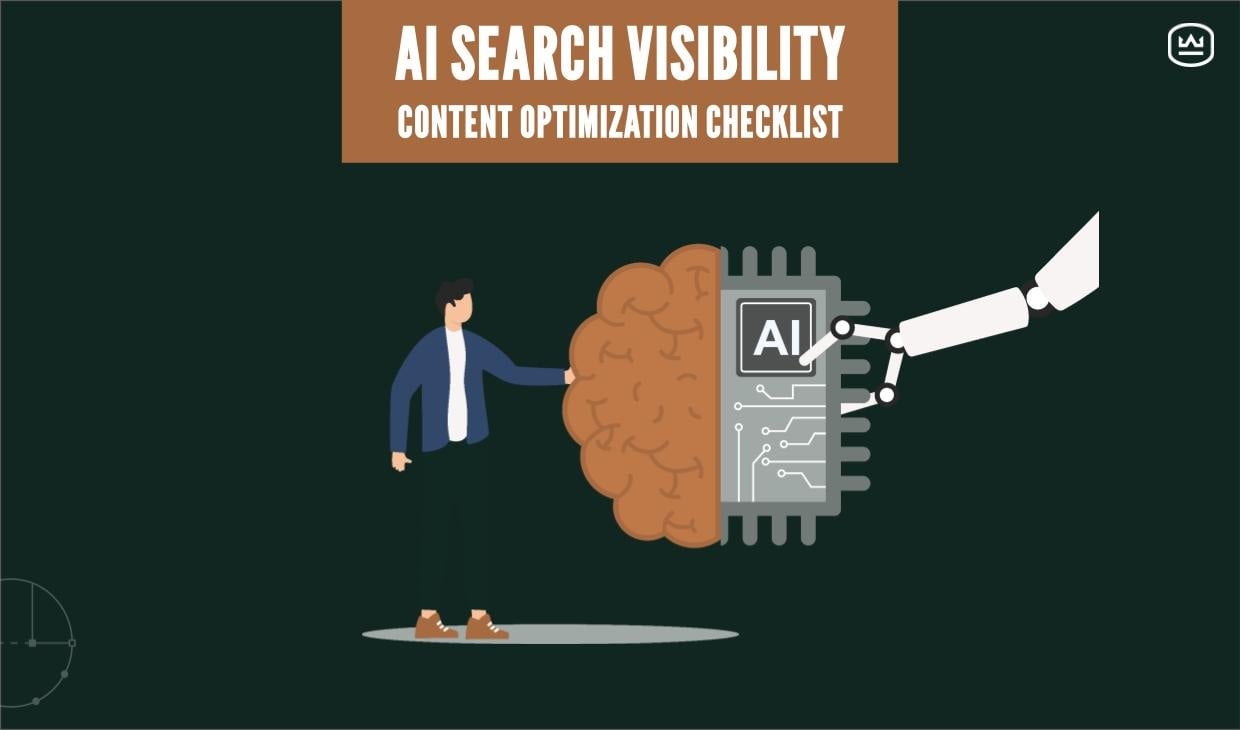
Search Engine Optimization
The New Search Visibility Checklist for AI-Era Content Marketing
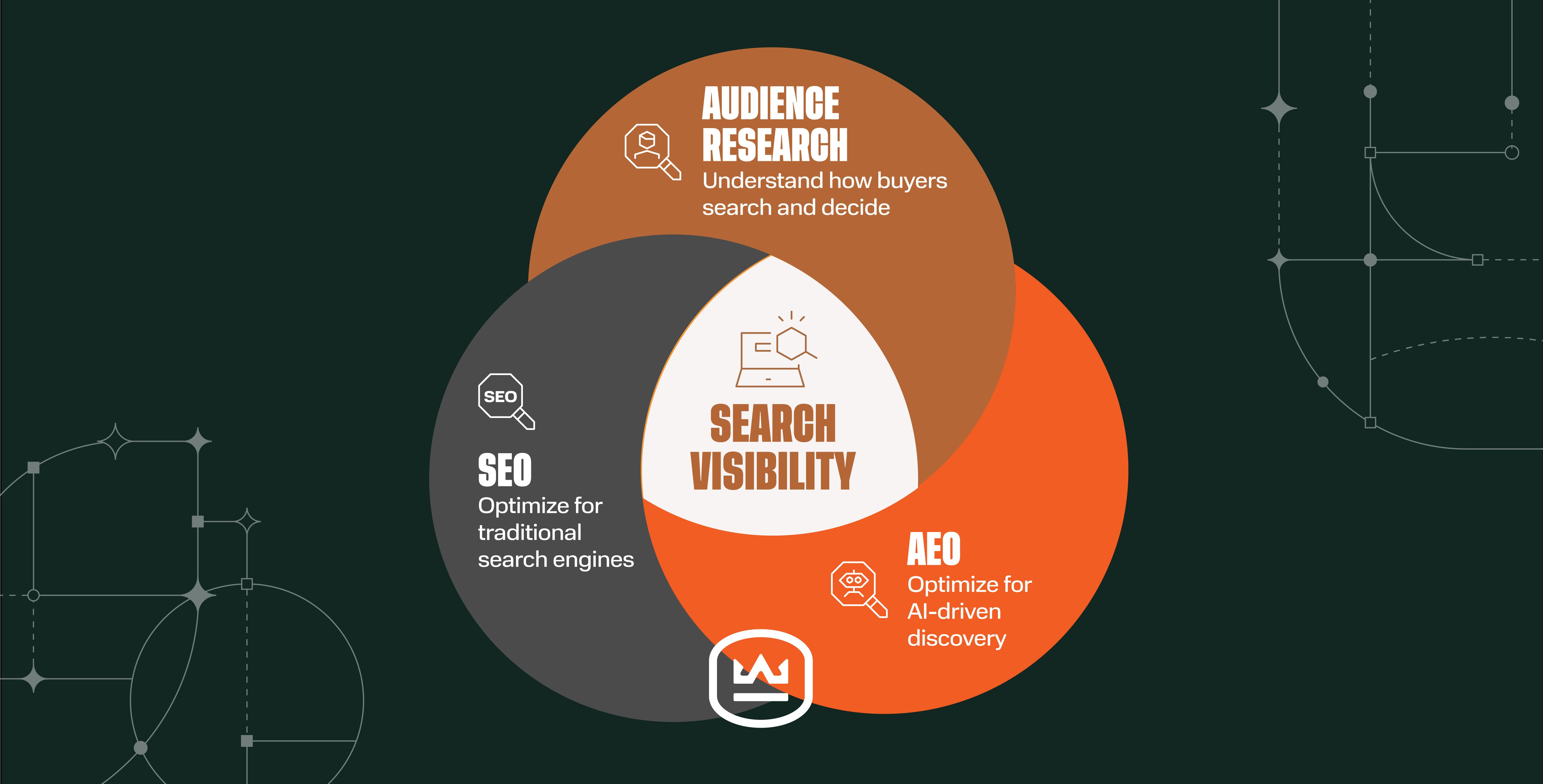
Search Engine Optimization
SEO Isn’t Dead. It’s Evolving: How B2Bs Can Stay Visible in the Age of AI
Accelerate Your Growth with
Weidert Group
If you’re ready to explore a partnership, request a personalized consultation with our team.


